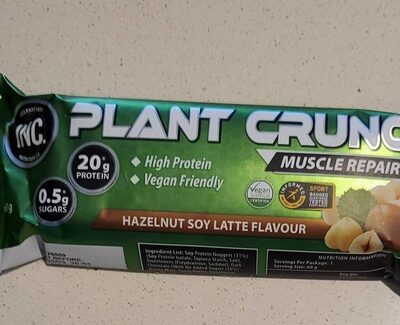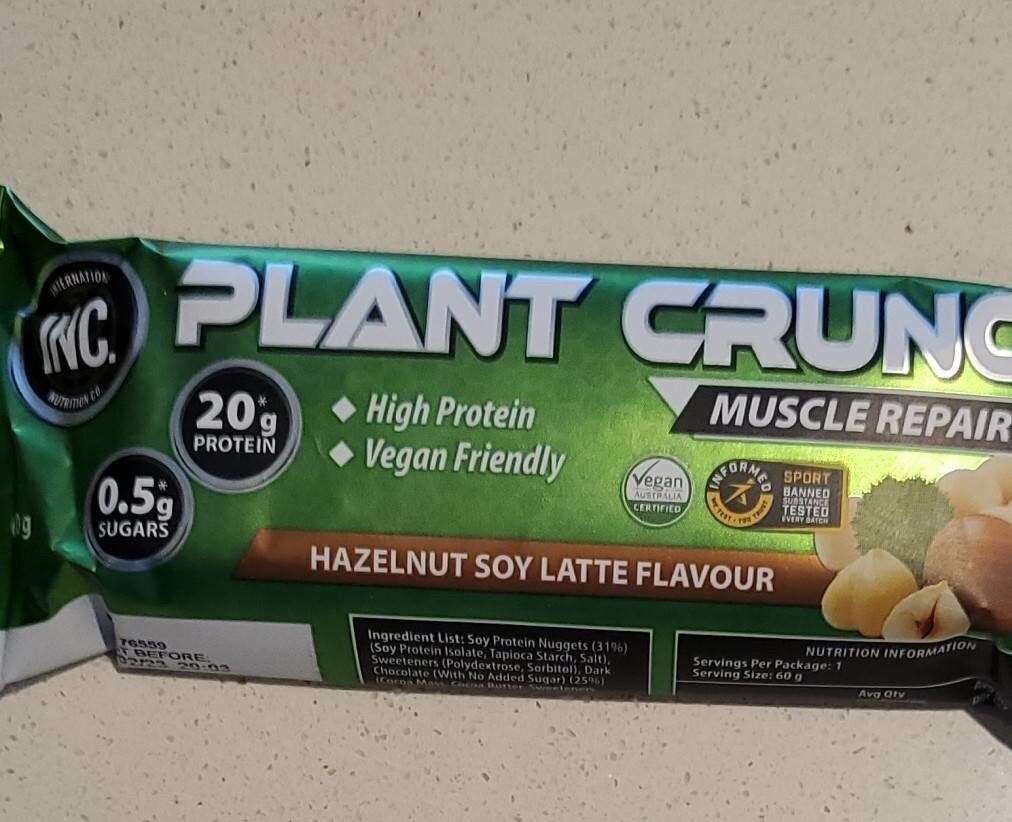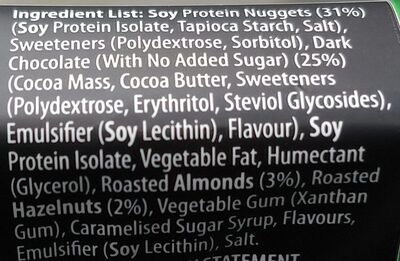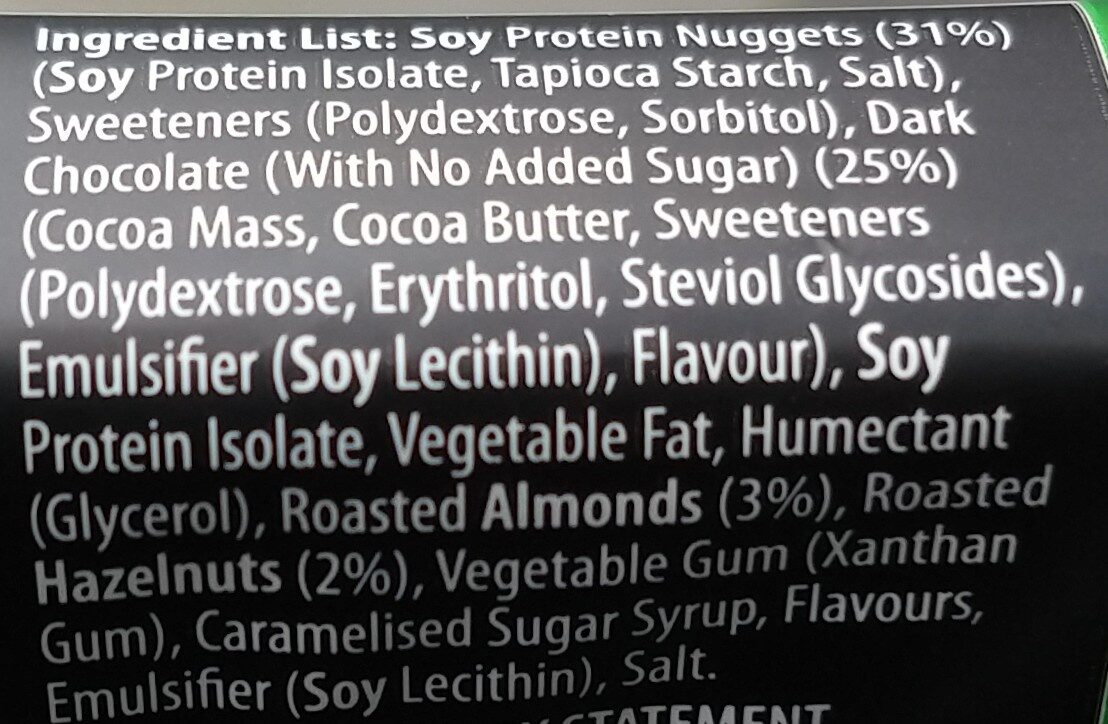Plant Crunch - Muscle Repair - Hazelnut Soy Latte - INC - 60g
This product page is not complete. You can help to complete it by editing it and adding more data from the photos we have, or by taking more photos using the app for Android or iPhone/iPad. Thank you!
×
Barcode: 9400581051643 (EAN / EAN-13)
Quantity: 60g
Brands: INC
Categories: Plant-based foods and beverages, Plant-based foods, Dietary supplements, Bodybuilding supplements
Labels, certifications, awards: Vegetarian, Vegan, No added sugar
Origin of ingredients: New Zealand
Stores: Chemist Warehouse
Countries where sold: Australia
Matching with your preferences
Environment
Packaging
Transportation
Report a problem
Data sources
Product added on by kiliweb
Last edit of product page on by roboto-app.
Product page also edited by an0n1m0us, yuka.sY2b0xO6T85zoF3NwEKvlhd6D93ZuSPWDhbkt2uFxeaPH6LHZ9Fd86fhDqs.
If the data is incomplete or incorrect, you can complete or correct it by editing this page.











